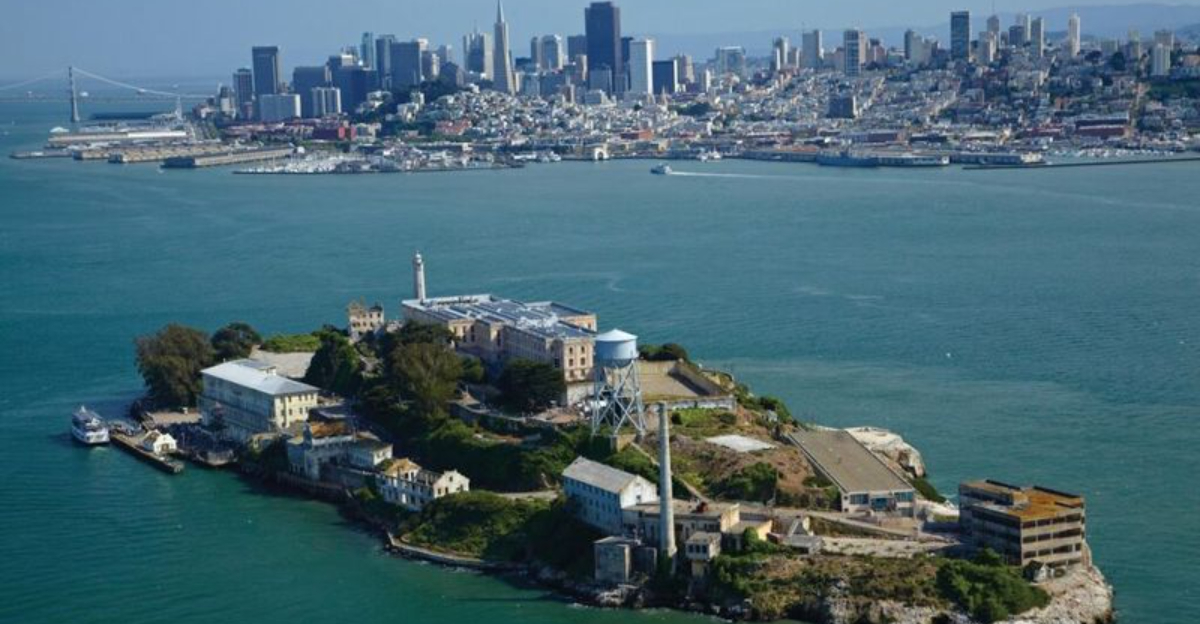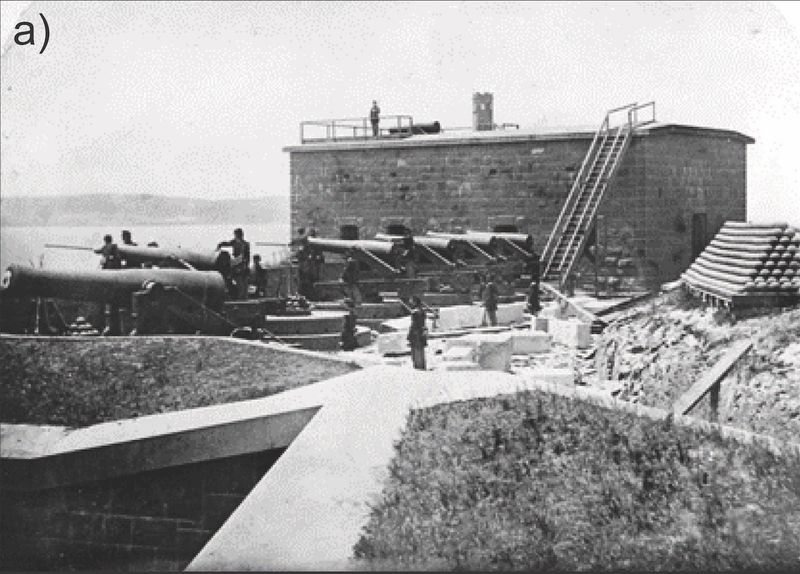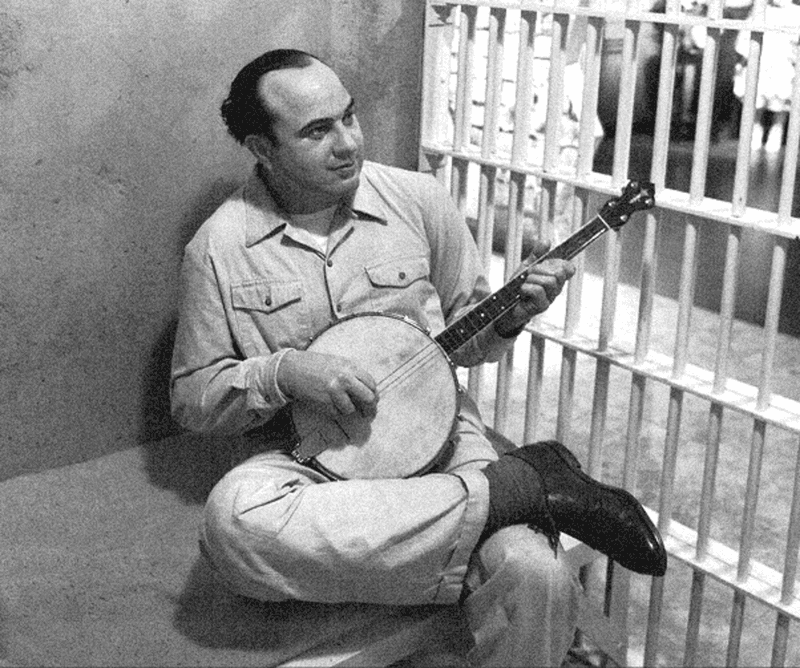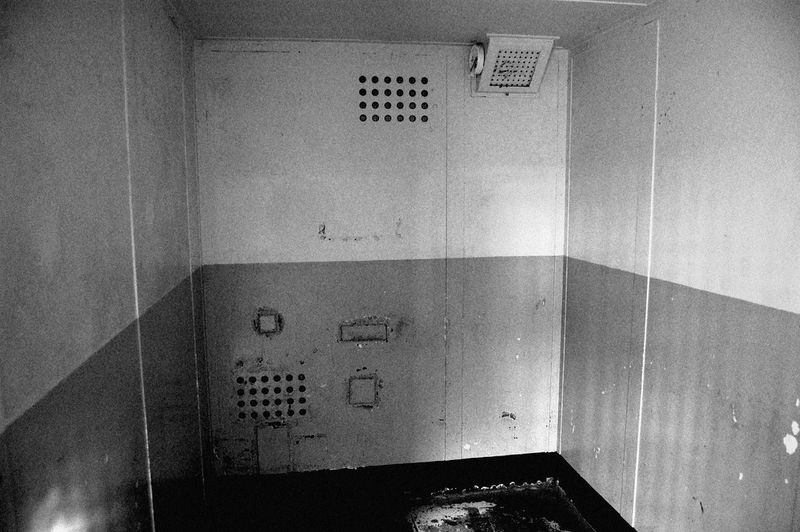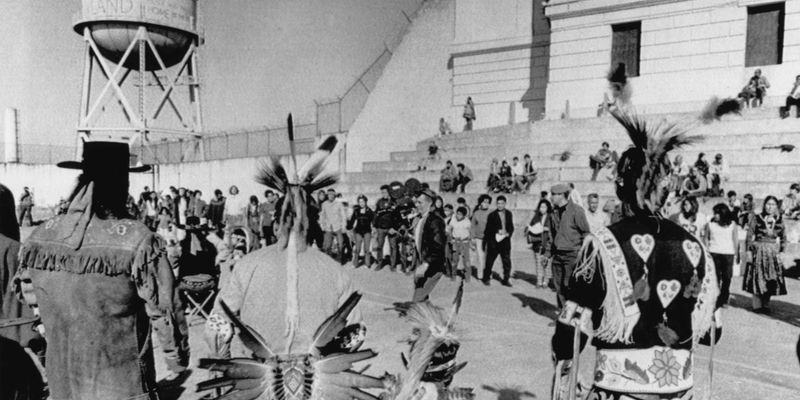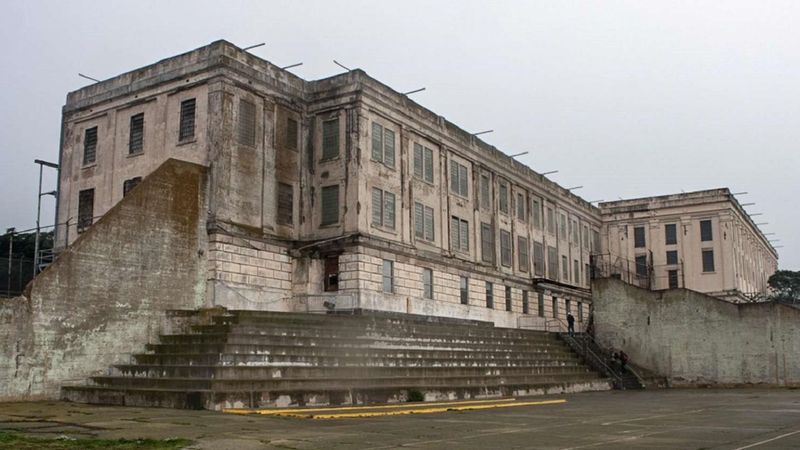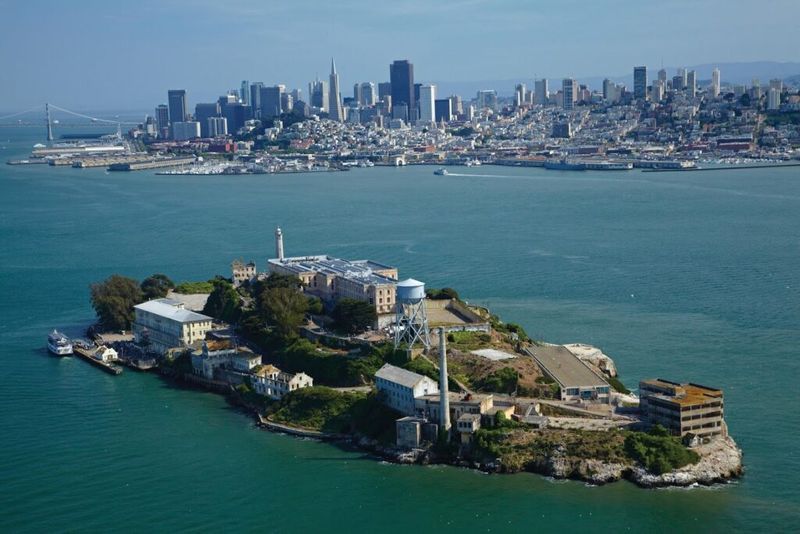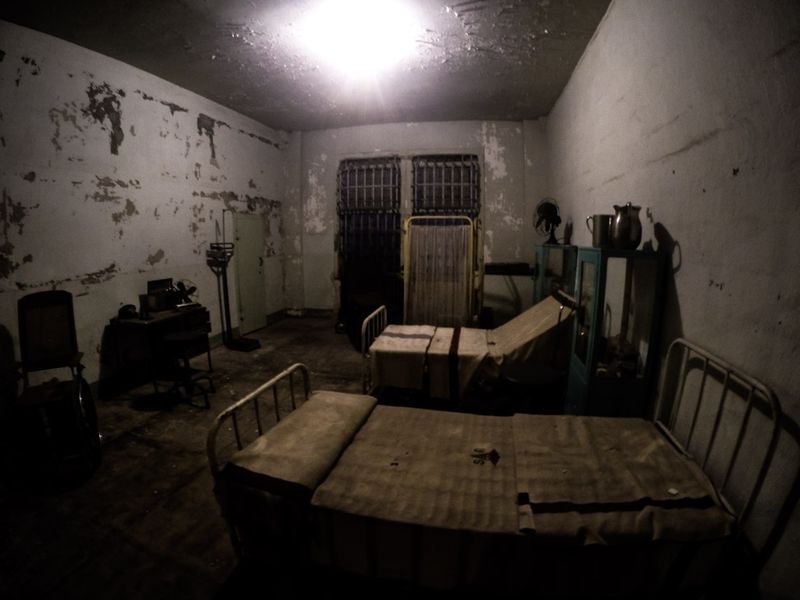Alcatraz Island, often shrouded in mystery and myth, has long captured the public’s imagination. From its origins as a military fort to its notorious reputation as a maximum-security prison, there’s much about Alcatraz that remains lesser-known. Whether it’s stories of infamous inmates or intriguing post-closure events, this blog post delves into twelve fascinating aspects of Alcatraz that might surprise you.
1. It Was Originally a Military Fort, Not a Prison
In the mid-19th century, Alcatraz was not the infamous prison we know today but a strategic military fort. Designed to protect San Francisco Bay from naval threats, the island housed soldiers and artillery. Interestingly, its first prisoners were not criminals but Confederate sympathizers during the Civil War. These early days set the stage for its later transformation. As a military prison, it held army offenders, laying the groundwork for its notorious future. Imagine the island bustling with military activity, a far cry from the isolated penitentiary it would become.
2. No Confirmed Prisoner Escapes (Despite the Myths)
Alcatraz’s reputation as escape-proof is legendary, yet myths persist. The 1962 escape by Frank Morris and the Anglin brothers remains unsolved, fueling speculation and folklore. Their ingenious plan involved crafting lifelike dummy heads and a raft made of raincoats. Although their bodies were never found, they are presumed drowned. Officially, Alcatraz’s formidable security measures were never compromised. The tales of attempted escapes add a layer of intrigue to this already mysterious island. How many others dreamed of freedom from its unforgiving walls?
3. Al Capone Played Banjo in the Prison Band
Al Capone, the infamous gangster, found an unexpected passion behind bars. While serving time at Alcatraz, he joined the prison band, The Rock Islanders. Capone played the banjo, entertaining fellow inmates during Sunday concerts. This softer side of the notorious criminal is a curious chapter in his life. Music provided a rare escape from the harsh realities of prison life. Imagine Capone, known for his ruthless empire, strumming away in harmony with other inmates. It’s a testament to the surprising humanity found within the island’s grim confines.
4. Prisoners Had Hot Showers—On Purpose
Alcatraz offered its inmates something unusual: hot showers. Unlike most prisons, where cold showers were the norm, Alcatraz provided heated water. But this was no act of kindness. The warden believed that keeping prisoners unaccustomed to cold water would deter escape attempts through the frigid San Francisco Bay. This clever strategy exemplifies the island’s unique approach to security. Hot showers were a small but significant feature of life at Alcatraz, ensuring prisoners stayed within the confines of the infamous rock.
5. The Worst Punishment Was Solitary Confinement… in the Dark
In the realm of punishment, Alcatraz’s “Hole” stands out. This pitch-black, unheated basement cell was reserved for the most defiant inmates. Locked away in total darkness, prisoners would endure days of complete isolation. The psychological toll was immense, with some emerging mentally scarred. The “Hole” was a place of dread, a harsh reminder of the consequences of rebellion. It epitomized the severe measures employed to maintain order on the island. The darkness of “The Hole” remains a chilling symbol of Alcatraz’s past.
6. Native American Activists Occupied the Island for 19 Months
After Alcatraz’s closure as a prison, a new chapter unfolded. In 1969, Native American activists, led by the “Indians of All Tribes,” occupied the island. Their 19-month protest demanded land rights and brought national attention to Indigenous issues. This bold move captured headlines and sparked dialogue about Native sovereignty. The activists’ resilience and determination transformed Alcatraz into a symbol of empowerment. Their legacy endures, reminding us of the island’s diverse history and the power of activism in the face of adversity.
7. It Was the First Federal Prison to Allow Prisoners’ Families to Visit
Alcatraz, despite its harsh reputation, was progressive in one aspect: family visits. It was the first federal prison to allow inmates’ families to visit, albeit infrequently. The island’s isolation made such visits challenging, but they offered a rare glimpse of normalcy. These interactions provided emotional relief, fostering a connection to the outside world. Alcatraz’s approach to family visits was a step towards rehabilitation, acknowledging the human need for familial bonds. These moments of connection were precious amid the island’s unforgiving environment.
8. The Guards Lived on the Island with Their Families
Life on Alcatraz wasn’t limited to inmates; correctional officers and their families resided there too. Apartment buildings housed the guards, creating a unique community on the island. Children took daily boat rides to school in San Francisco. This residential setup fostered a sense of normalcy amidst the island’s notorious reputation. Imagine the juxtaposition of family life against the backdrop of a maximum-security prison. The presence of families added an unexpected dimension to Alcatraz, blending the mundane with the extraordinary.
9. Alcatraz Had Its Own “Gangster Row”
In the heart of Alcatraz, “Gangster Row” held its most notorious inmates. Cell Block D housed figures like Al Capone, “Machine Gun” Kelly, and Robert “Birdman” Stroud. These “Strip Cells” were stark, with minimal furnishings—just a toilet, sink, and a mattress removed during the day. This austere setup reinforced the severity of their confinement. The tales of these infamous criminals added to the island’s lore. Alcatraz’s “Gangster Row” remains a pivotal chapter in its storied history, embodying the island’s role as a fortress for America’s most dangerous.
10. The Prison Closed Because It Was Too Expensive
In 1963, Alcatraz closed its doors, not due to a lack of need, but because of soaring costs. Saltwater corrosion and aging infrastructure made maintenance daunting. The government deemed it more economical to build a new prison than to sustain Alcatraz. This decision marked the end of an era. The island’s high operating costs were its undoing, but its legacy endures. Alcatraz’s closure underscores the challenges of maintaining such a formidable institution in a harsh environment. It remains a symbol of America’s complex correctional history.
11. It’s Now a Major Wildlife Sanctuary
Today, Alcatraz is a sanctuary, not for criminals, but for wildlife. Part of the Golden Gate National Recreation Area, it hosts nesting seabirds, including rare species like the black-crowned night heron. The island’s rugged landscape provides a haven for flora and fauna, transforming it into a thriving ecosystem. This unexpected evolution from prison to wildlife refuge adds another layer to its history. Alcatraz’s natural beauty contrasts its infamous past, offering a serene escape for nature enthusiasts and a testament to the resilience of life.
12. Some Claim It’s Haunted
Alcatraz’s chilling tales extend beyond its inmates. Many visitors and staff report eerie sounds, cold spots, and ghostly figures haunting the island. The old hospital wing and Cell Block D are hotspots for paranormal activity. These spectral stories add a spooky allure to Alcatraz’s already haunting reputation. The supernatural accounts are as much a part of its lore as the real-life events that transpired there. Whether or not one believes in ghosts, the island’s atmosphere is undeniably eerie, steeped in mystery and legend.
